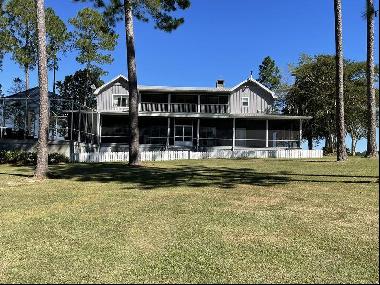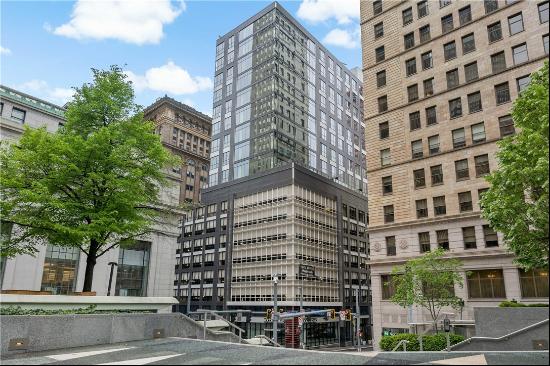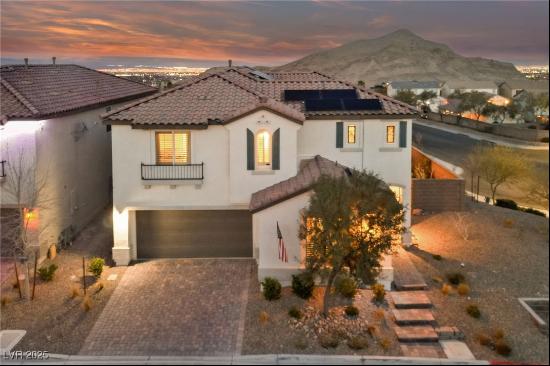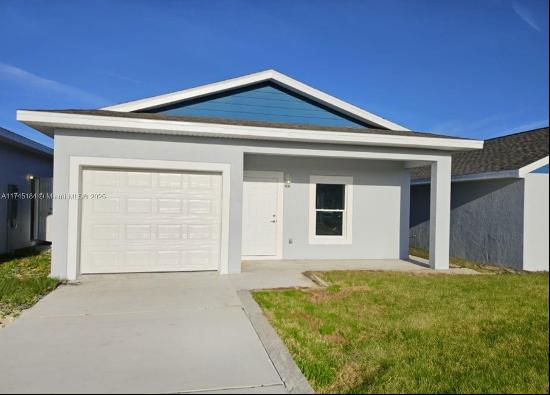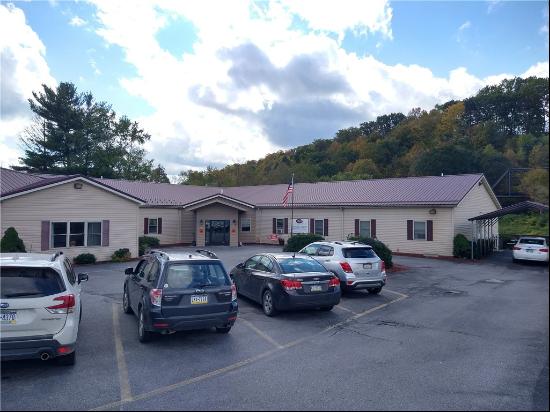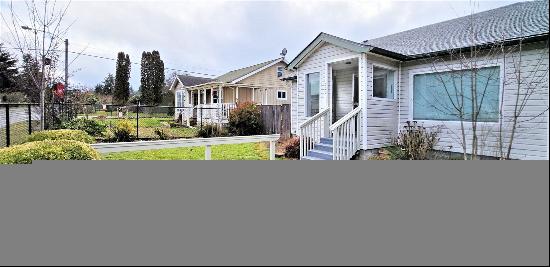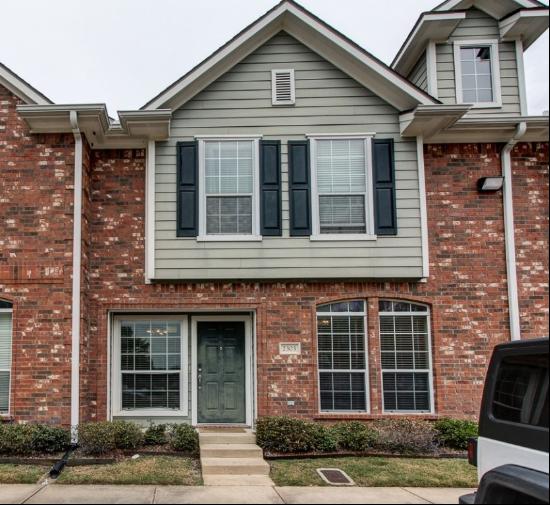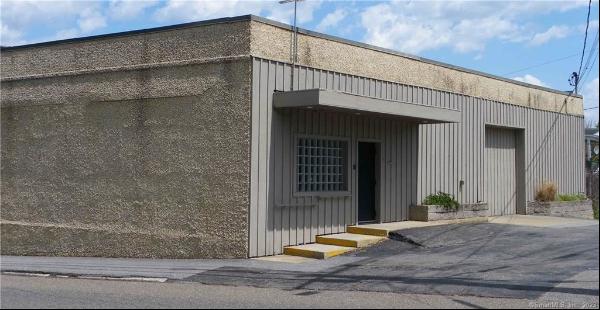
By Edwin Heathcote
Over the course of long lockdowns and pandemic panic we have heard a lot about public space, greenery, commons and parks. We have read about the importance of access to back gardens, terraces or balconies, any outdoor space to keep us sane.
But what about the most private of spaces? While some of us have yearned for vitamin D-saturated wide open plains, others have retreated underground into our own, secure and impenetrable personal worlds. Those iceberg basements and super-bunkers favoured by ultra high-net-worth individuals — the subterranean pools, gyms and home cinemas — may not sound quite as absurd now.
The basement, if we have one, is the most curious and intriguing space in our home. Yet it is a field of, effectively, non-architecture, an area of pure interior which has no presence in the public world.
For the architects of early modernism it was a repository of darkness, a Freudian cipher for the subconscious mind with all its shadows, unpleasantness and unpredictability. A century ago architects began disposing of cellars. The houses of the new era would be lifted above the darkness of the earth on piloti — the modernist word for those slim, drinking-straw columns which seem too slender to be able to support all that mass.
Many of the most influential houses of the 20th century, from Le Corbusier’s Villa Savoye on the outskirts of Paris to Mies van der Rohe’s Farnsworth House in Illinois, were demonstrably detached from the earth, floating above it to express their lightness. And yet, despite all those efforts, that connection to the subterranean has proved remarkably resilient.

Basements seem to chime with contemporary angst and insecurities about impending crises, economic and social collapse, climate catastrophe, invasions of privacy, digital surveillance, food shortages and uneasiness about envy. But there is more. While the house above ground is always very much part of the formal world of plans and estate agents’ prospectuses, the basement is often not.
Upstairs all is pre-determined. There are living rooms, kitchens and bedrooms; spaces dedicated to particular functions, their uses delineated. Subterranea is more amorphous. Much of it might not even be designated as habitable space, as it has no windows or natural ventilation, so might often appear as undetermined, blank space on drawings.
The basement presents itself as tabula rasa for people who are not architects, the space where creativity and expression cannot be frowned upon because it remains invisible to the outside and where they have free rein to design their own worlds. Weirdly then, the dark, damp space of the underground is exactly the space of the imagination.
Basements have figured in the popular imagination in a big way in recent times. Bong Joon-ho’s film Parasite revolved around a descent into the bunkers beneath a seemingly ideal house, the cellar the dark counterpart to the crisp modernist perfection of the house above. In Charlie Kaufman’s Netflix movie I’m Thinking of Ending Things, the basement in a secluded farmhouse becomes a forbidden space of eerie anticipation. From Home Alone to Stranger Things via Red Dragon, the basement is a marker for horror and the unexpected. But there is another angle: the underground as space for expression.
There are basements in which entire miniature worlds are made. The largest model railway in the world, Northlandz, complete with a skyscraper city, mine and extraordinary geological landscape, was created underneath a house in Flemington, New Jersey. Rod Stewart made waves when he revealed the extent of his basement railway model, a breathtaking blend of landscapes and urban environments based on a vision of a mid-century US city.

There are also war-gaming landscapes, recreations of battles or fantasy encounters. Then there are the sex dungeons and fetish rooms that fuel the fantasies of suburbia. Last year, a property listing in Philadelphia suburb Maple Glen went viral because of its extensive, high-spec basement filled with a remarkable array of fetish fittings, from a sex swing and stocks to pentagram rack and spanking bench. The basement was already, apparently, an Airbnb sensation renting for up to $2,000 a night.
A more wholesome dream might be embodied in the US propensity for basement model villages, recreations of idealised landscapes or old-style main streets. One homeowner in Potomac, Maryland, created an entire Christmas village underground with fake, snow-covered trees and decorated shopfronts. It has a cinema (Mary Poppins and The Exorcist are playing), a bar and massage parlour.

Barbra Streisand filled her Malibu basement with a mall. The actress apparently had so much stuff that she did not want to put it away in cupboards but rather made a mini-city of shops to display her clothes and trinkets, reproducing the thrill of shopping each time she got dressed. Or something.
One of the most architecturally intriguing basement projects was conducted in London by the eccentric civil engineer William Lyttle, known as the Mole Man of Hackney. For some unknown reason he began excavating the earth from under his house, digging tunnels which stretched up to 20m from the property with little more than a shovel and a pulley. For Lyttle it was the act of excavation rather than any fantasy of aesthetic escape which propelled him through the earth.
He was eventually evicted from the house and, after years of neglect, it was bought by artist Sue Webster. She brought in her friend, the architect David Adjaye, and they reclaimed the earth beneath the house, once riddled with tunnels, wells and holes, as a concrete-lined studio. Something of Lyttle’s obsession survives though. After all, whoever heard of an artist putting their studio underground?
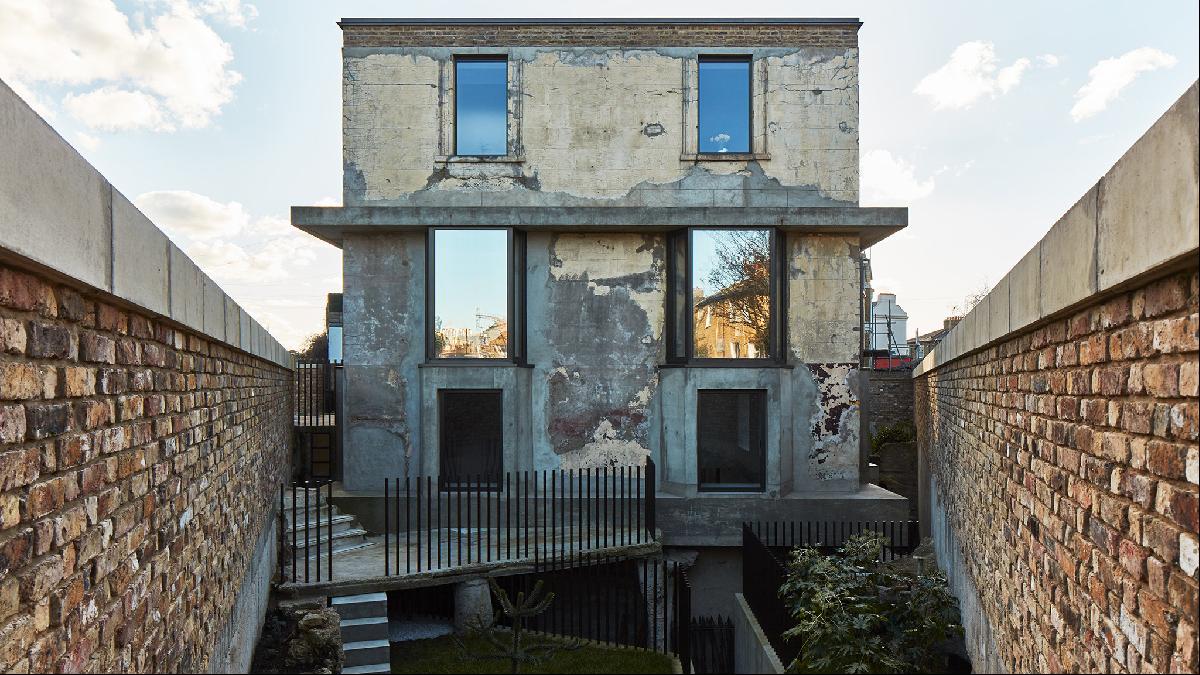
Perhaps what attracts us to the basement is excess, the idea that anything might be going on down there. It provides the last spatial and visceral, as opposed to digital, refuge for obsession and fantasy, a world of darkness into which we must bring light. Or, perhaps, extra darkness.
Photographs: H Armstrong Roberts; Getty Images; Jon Miller; Paul Marotta; Washington Fine Properties; Ed Reeve


